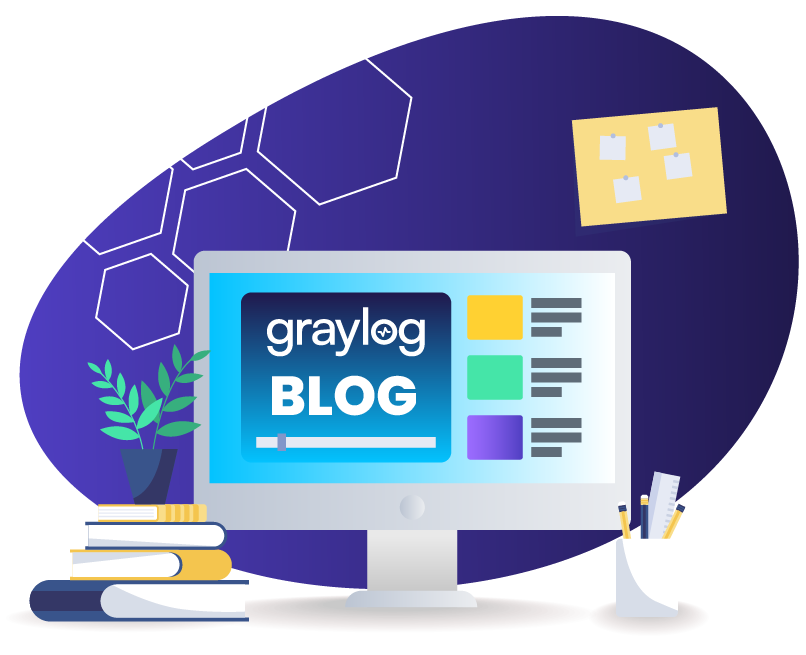Security fatigue gets attention for a reason. Phishing emails, authentication prompts, and constant vigilance all take a toll. But alert fatigue is the deeper, more destructive force. It overwhelms analysts, delays response, and creates blind spots that adversaries exploit.
Security teams today are buried under noisy alerts and fragmented tooling. False positives waste time. Manual triage eats up valuable analyst hours. Eventually, burnout sets in and threats slip by. It is not a hypothetical risk. Some of the most significant breaches in recent years have been traced back to missed warning signs that were buried in overwhelming alert noise.
This is not just a technology problem. It is a process problem shaped by outdated systems.
Why Alert Fatigue Persists
Most security teams still depend on traditional SIEMs. These systems rely on static rules and high-volume alerting. That worked when data volumes were small and threats were simple. Today, it fails.
Teams now process more log data than ever, but legacy tools cannot keep pace. Searching across large datasets becomes painfully slow. Storage costs escalate. Licensing models force trade-offs between visibility and budget. Many organizations are forced to drop logs just to stay within limits.
At the same time, attackers are more subtle. They stretch campaigns over weeks. They blend in. They do not set off single, high-fidelity alarms. They leave a trail of weak signals that are only meaningful when seen together.
According to the 2025 Verizon Data Breach Investigations Report, alert overload contributed to delayed detection in more than half of all breaches. When threat signals get buried in noise, organizations don’t just lose time—they lose ground.
Campaign-centric Detection is the Shift That Matters
Instead of relying on single alerts, Graylog helps teams link related activity into threat campaigns. This approach cuts through noise and focuses analyst attention on actual adversary behavior.
Campaign-centric detection connects isolated events to uncover a full attack narrative. That means fewer alerts, but each one is more meaningful. Analysts spend less time chasing dead ends and more time stopping real threats.
This matters now more than ever. A 2025 SANS SOC survey found that alert triage consumes more time than any other task in the detection and response cycle. Fifty-eight percent of teams named it their biggest drain, far surpassing investigation and response. Analysts need better signal quality, not more noise.
The impact of campaign detection is immediate:
- Stronger signals with less clutter
- Threat visibility aligned with business context
- Faster, more confident decisions in the moment
Recent campaigns like Volt Typhoon and Midnight Blizzard show how attackers rely on quiet, persistent techniques. Campaign correlation helps those techniques stand out.
Traditional SIEMs Cannot Keep Up
Legacy SIEMs were not built for behavior-based detection. They count events, not context. They generate alerts, not answers.
A campaign-centric model does more than log what happened. It helps analysts understand why it happened and how it fits into a broader adversary strategy. That context changes the way security teams work, and the way they communicate with the business.
Buyer expectations are shifting fast. According to Gartner, security teams are no longer satisfied with SIEMs that overwhelm users with disconnected alerts and rigid rule logic. Instead, there is growing demand for tools that support campaign-based detection and are built with the analyst experience in mind. This reflects real operational pain—burnout, alert fatigue, and the cost of slow investigations—not just a wish list for better features.
This change also benefits leadership. When analysts can frame threats as connected campaigns rather than isolated events, they offer clearer insights into what happened, why it matters, and how to respond. That makes security risks easier to explain, and easier to defend at the executive and board level.
Better Outcomes for the Entire Team
The move to campaign-centric detection brings measurable benefits:
- Less burnout across Security Operations teams
- Smarter logging decisions without budget surprises
- Clearer threat narratives for executive stakeholders
This shift is not about tuning rules. It is about enabling people to do their best work. By giving analysts better context and fewer distractions, campaign thinking delivers more efficient operations, faster response, and higher confidence.
Campaign-based detection is working. And for teams that want to stop reacting to individual alerts and start understanding adversary behavior, this is the clearest path forward.
Cut through alert fatigue. See how Graylog Security helps analysts detect real threats, not just noise.


